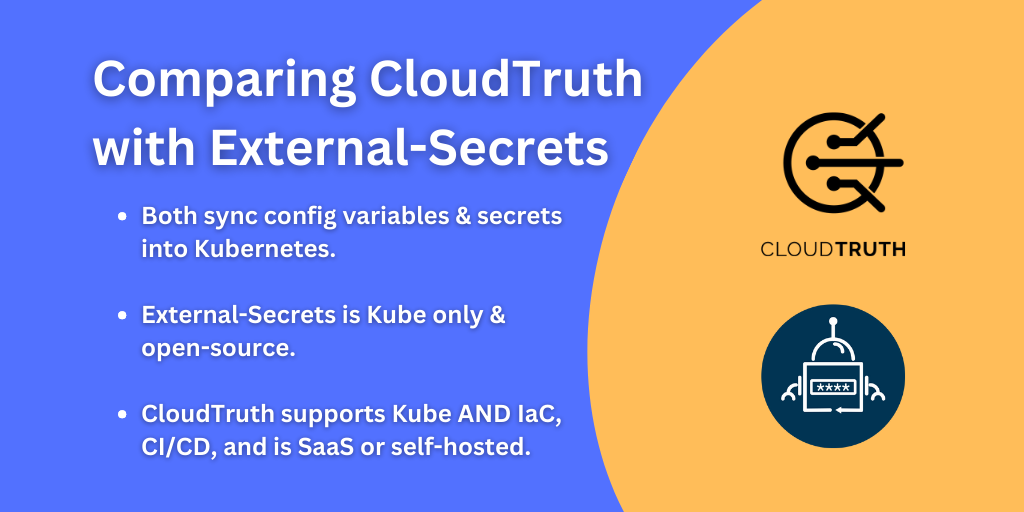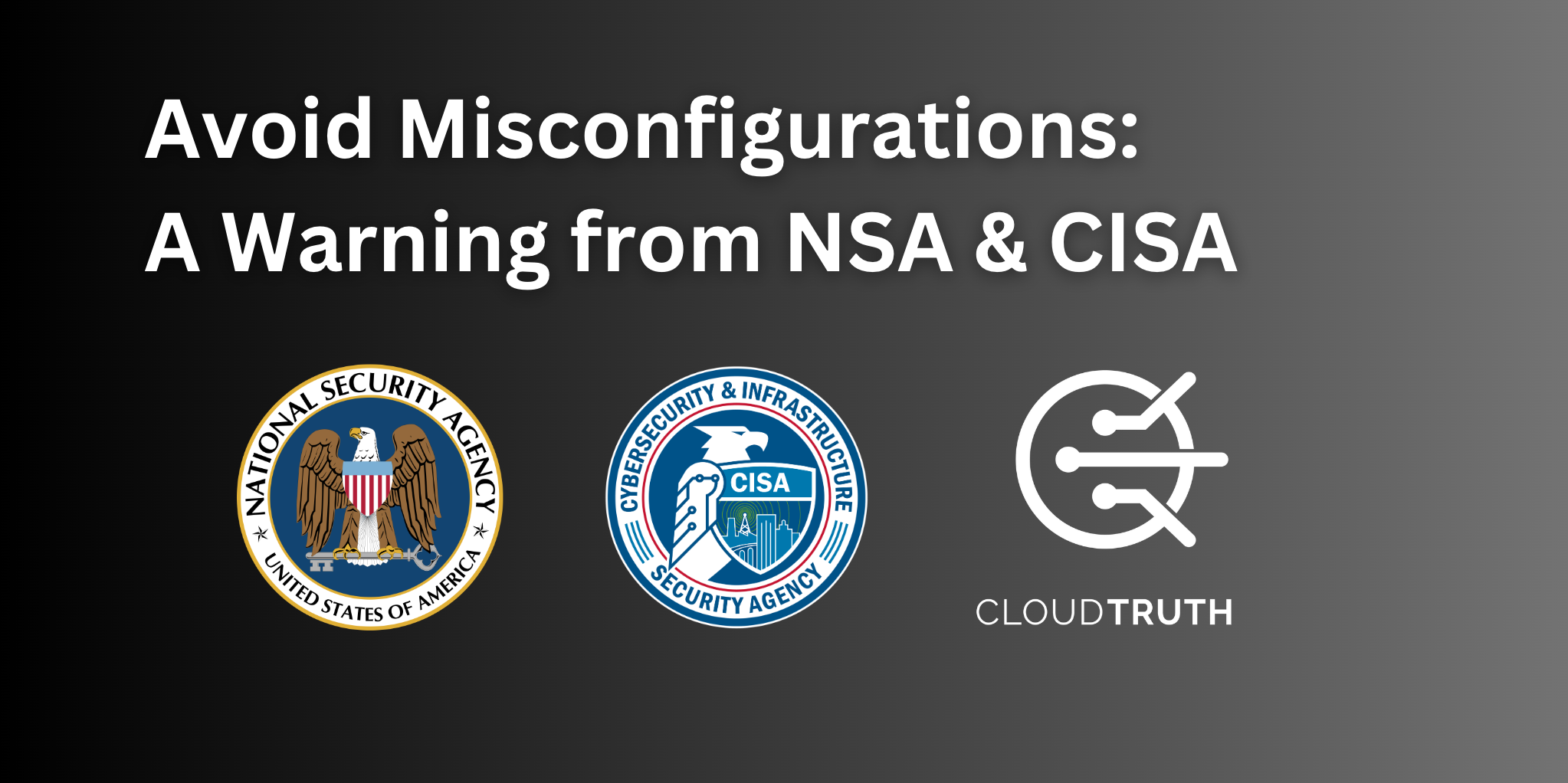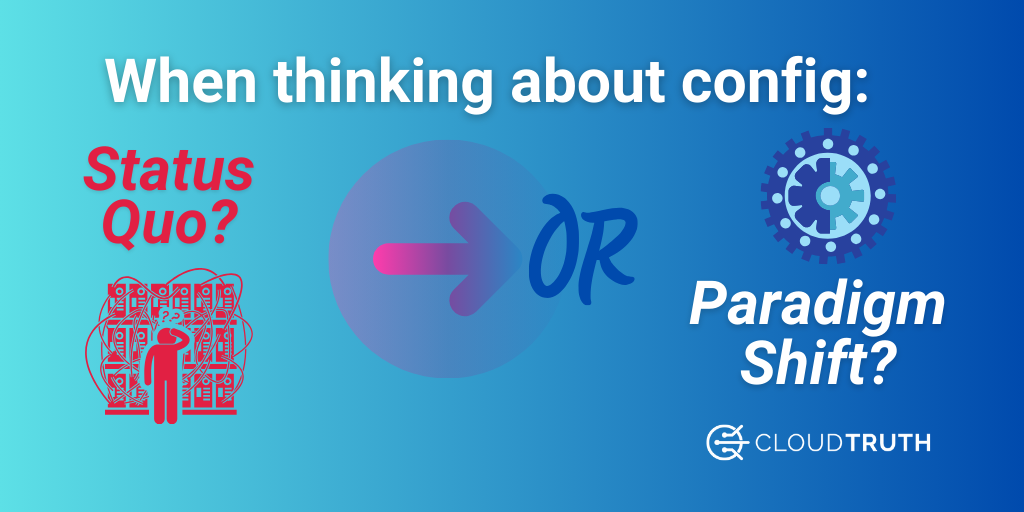
Configuration data, which includes secrets and parameters, is critical to any modern IT infrastructure. For DevOps teams, tracking config changes is necessary for running a fast and reliable deployment cycle. In this blog post, we’ll explore the importance of configuration versioning, including rolling back changes, satisfying compliance requirements, reducing mean time to recovery, and more.
Why Configuration Versioning?
One of the primary benefits of configuration versioning is the ability to roll back changes quickly in the event of a problem. Whether a small bug or a larger outage, having a clear and concise record of all configuration changes can help DevOps teams quickly identify the root cause of the issue and revert to a known good state. This can significantly reduce downtime, minimize customer impact, and increase system stability.
Easier Compliance Change Tracking
Another key benefit of configuration versioning is satisfying compliance audit requirements. Security teams often use configuration data to prove compliance with industry standards such as SOC2. Having a clear and comprehensive record of all changes to this data, including when changes were made, who made them, and what was changed, makes it much easier for security teams to demonstrate compliance to auditors.
Version-based Rollback for the MTTR Win
In addition to improving system stability and satisfying audit requirements, configuration versioning can help recover from outages faster. By having a clear record of all configuration changes, DevOps teams can quickly identify the cause of an outage and develop a plan to recover from it. This can significantly reduce mean time to recovery (MTTR) and minimize the impact of outages on customers.
The concept of a “config DVR” can be a helpful analogy for understanding the importance of configuration versioning. As DVR records change to video content, configuration versioning records change to configuration data. This makes it possible to quickly replay past changes, identify the root cause of problems, and recover from outages.
Wrapping Up
In conclusion, configuration versioning is critical to any modern IT infrastructure. DevOps teams can quickly roll back changes, satisfy compliance requirements, reduce mean time to recovery, and more by keeping track of all changes to configuration data. With the right tools and processes in place, platform engineers can ensure that their infrastructure is fast, reliable, and always up to date.
One More Thing… How CloudTruth Helps with Configuration Versioning
Check out CloudTruth’s configuration orchestration engine, which automatically keeps versioned config in sync across all infrastructure, application, and deployment needs.
Join ‘The Pipeline’
Our bite-sized newsletter with DevSecOps industry tips and security alerts to increase pipeline velocity and system security.


